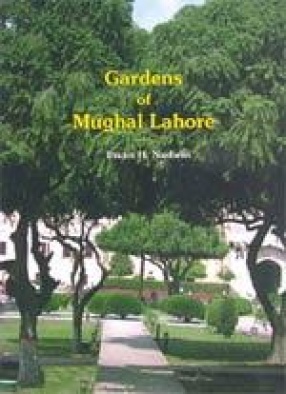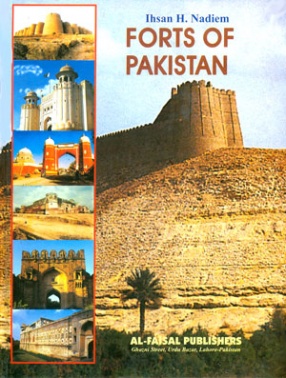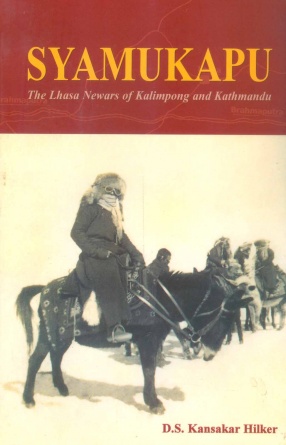Gardens of Mughal Lahore
Synopsis
The tradition of gardens must have been passed on to us from ancient civilizations but realistically speaking, as far as Lahore is concerned, there is hardly any mention of gardens in history prior to the Mughal era... The time span before the Ghaznavi period has, if any, just hypothetical references. Starting from Mahmud of Ghazni’s reign, there were only around six gardens pertaining to different periods in the annals of the city. The first among them was the Bagh-i-Ayyaz, built by Malik Ayyaz, the trusted slave and general of Mahmud of Ghazni. He also remained the governor of Lahore during the reign of Masud, the son and successor of Mahmud. Ayyaz died in Lahore (1051 or 1057AD) and was buried in the garden laid out by him during his lifetime. It is said that the garden, near the Rang Mahal, existed till the time of Maharaja Ranjit Singh who had it demolished to build his new mint and a few quarters in its place. Bagh-i-Zanjani is mentioned in the Sakina-tul-Auliya of Prince Dara Shikoh, when he talks about the one-day meditation by Hazrat Mian Mir. Although contentious as far as its location is concerned, most of the scholars agree on it being in the Chah Miran area where the tomb of the famous saint was located in a garden till the Sikh period. Another garden which can be found only in the annals of history is Bagh Shah Ismail. Shah Ismail, after whom this garden was named, died in Lahore in 1056AD and was buried in this garden. Although its location is also unknown, according to some historians it occupied the area near the present Hall Road, where even to this day the inconspicuous tomb stands surrounded by a mushroom of buildings. The Bagh Qutbuddin Aibak was supposed to be in existence where Sultan Qutbuddin Aibak was buried after he succumbed to his injuries when he fell from his horse while playing Chaugan, a type of polo, in 1211AD. The garden vanished long ago but his grave is located deep within the cluster of mohallah houses near Anarkali Bazar. His grave does not boast a mausoleum, which according to history, was built by his son-in-law and successor, Sultan Shamsuddin Iltutmash. The area was archaeologically probed in 1961 for the extent or features of the funerary structure. It was on the basis of these excavations and records that the Department of Archaeology, Pakistan, could build a new mausoleum in white marble. Unfortunately due to constraints faced in acquiring a large area for laying out the garden, only a shadow of the supposed layout could be seen in the early part of the 1980s. Another pre-Mughal garden is known as Bagh-i-Shah Kaku Chisti. Chisti was a saint who died in Lahore in 1325AD during the reign of Sultan Bahlol Lodhi. His tomb is situated near Serai Sultan in Mohallah Dara Shikoh. Although there are no remains of any gardens at this point, it is said to be situated on the eastern side of the tomb. It is reported to have been destroyed during the wars between the Governor of Lahore and the invading army of Ahmad Shah Abdali.The last of six known gardens of pre-Mughal Lahore is the Bagh-i-Daulatabad about which very little is known. Daulat Khan Lodhi after whom this garden has been named was a governor of Lahore from 1517 to 1525AD and is credited for inviting Babur to invade the South Asian Subcontinent. He is said to have founded a fortified quarter somewhere near Mozang, where he also built a grand garden, a serai and a baoli. All these gardens do not seem to have any rigid settings as is clear from the meager evidence in the shape of written word and local lore. It was perhaps the Mughals who brought with them the idea of a formal garden, with a vibrant layout of the landscape, running water and jetting fountains in addition to a perimeter wall, often with monumental gateways. It is not difficult to trace the origins of such gardens to the Mughals’ ancestral region in Central Asia. They brought with them the sophisticated taste of architecture and its embellishments as well as landscape planning of beautiful gardens, which amply reflected the traditions of Iran, Turan, Turkey and some other countries in Central Asia. Lahore, which served as the Mughals’ ‘Dar-ul-Sultanat’, received an ample share of the architectural and landscape legacy of the Mughals. This city, with its natural setting and strategic location, was where most migrants from Iran, Afghanistan and other places of Central Asia preferred settle down. Additionally, being one of the leading cities of South Asia, not only did the Mughal Emperors and their retinues frequently visit Lahore, it was the place of choice of Mughal princes who enjoyed their stay here for a longer duration. Following royalty, the amirs, nawabs and other classes of the elite also had their residences and havelis built here. These residences, as well as most havelis, were usually built with gardens. It is, therefore, not surprising that by the turn of the 18th century many gardens had been built in Lahore, as elsewhere in Central Asia and South Asia. Lahore came to be known as the city of gardens.
Read more
60.30
54.27
$
67.00 $
Free delivery Wolrdwidе in 10-18 days
Ships in 3-5 days from New Delhi
Membership for 1 Year $35.00
Get it now and save 10%
Get it now and save 10%
BECOME A MEMBER
Books by the same author








Bibliographic information